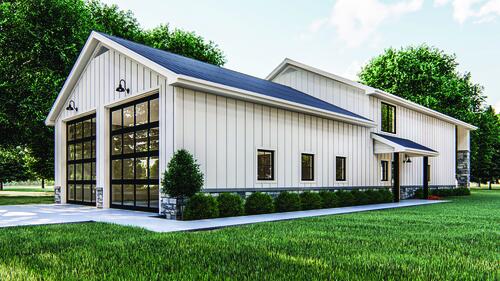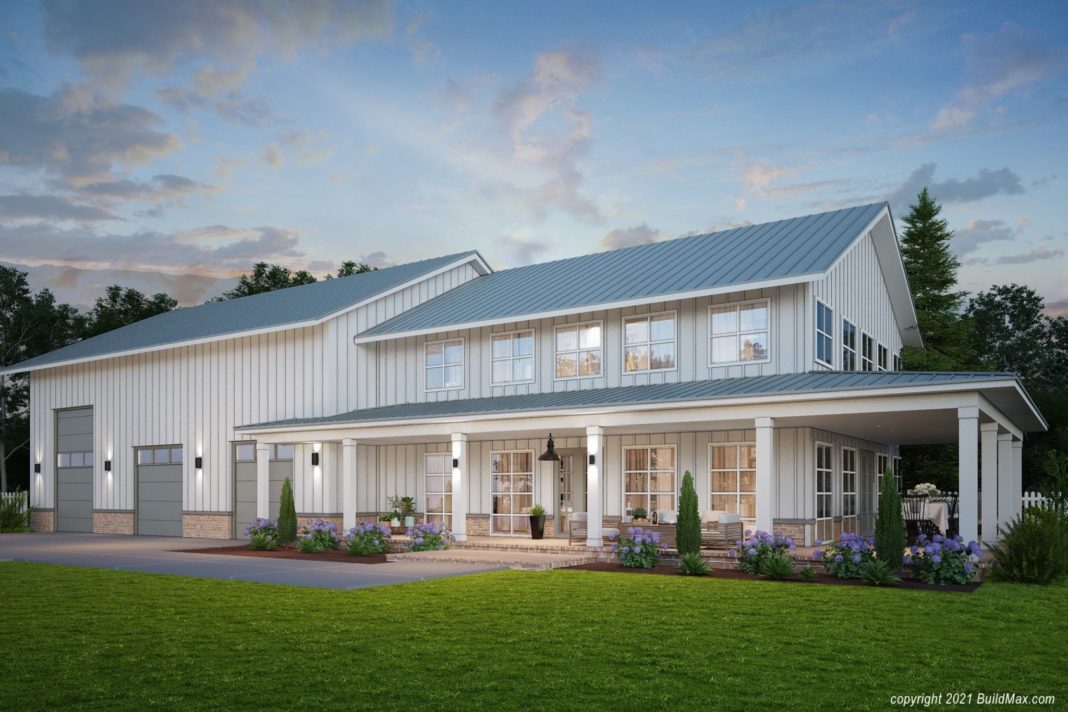With the tornado season right around the corner for most of the US, here in the southeast where I have lived my whole life, many people get on edge this time of year and it brings on a lot of anxiety for many people. Some people chose to build in rural communities where you must be more self-reliant. In response, many have gravitated towards using engineering to reinforce their steel frame barndominiums, when you consider that a tornado can have winds of up to 300mph in the most extreme cases but even at a standard F2 which is a significant tornado wind speeds range from 113-150mph according to the national weather service the damage you can expect with an F2 category tornado includes “Considerable damage. Roofs tore off frame houses; mobile homes demolished; boxcars pushed over; large trees snapped or uprooted; light object missiles generated” After reading that I can understand why some people would get anxious. So that got me thinking, can my barndominium withstand an F2 tornado? Do I need to reinforce my barndominium?
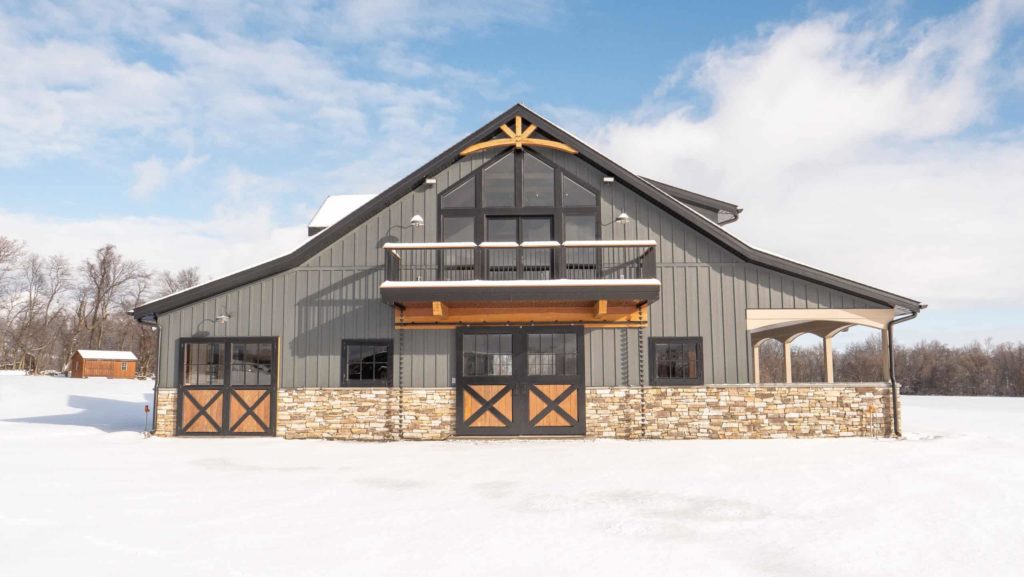 Everyone thinks steel reigns supreme in defending against the wind, after a little research I have concluded a steel frame building can withstand between 160-170mph, respectively. I personally believe it will take much stronger gusts of wind than that somewhere closer to 200 potentially? however, no steel building company will put their name on a quote like that. Insulated concrete forms or ICF for short is a method of building that incorporates insulated concrete blocks in the construction, what is interesting is that an ICF barndominium can withstand 200mph winds from an F2 tornado. ICF was popularized in Florida where they are no strangers to fierce winds. You cannot even tell the barndominium was constructed with ICF blocks as you can wrap it in any exterior siding you like. I’m not saying the siding will weather the storm, but the structure should stand strong.
Everyone thinks steel reigns supreme in defending against the wind, after a little research I have concluded a steel frame building can withstand between 160-170mph, respectively. I personally believe it will take much stronger gusts of wind than that somewhere closer to 200 potentially? however, no steel building company will put their name on a quote like that. Insulated concrete forms or ICF for short is a method of building that incorporates insulated concrete blocks in the construction, what is interesting is that an ICF barndominium can withstand 200mph winds from an F2 tornado. ICF was popularized in Florida where they are no strangers to fierce winds. You cannot even tell the barndominium was constructed with ICF blocks as you can wrap it in any exterior siding you like. I’m not saying the siding will weather the storm, but the structure should stand strong.
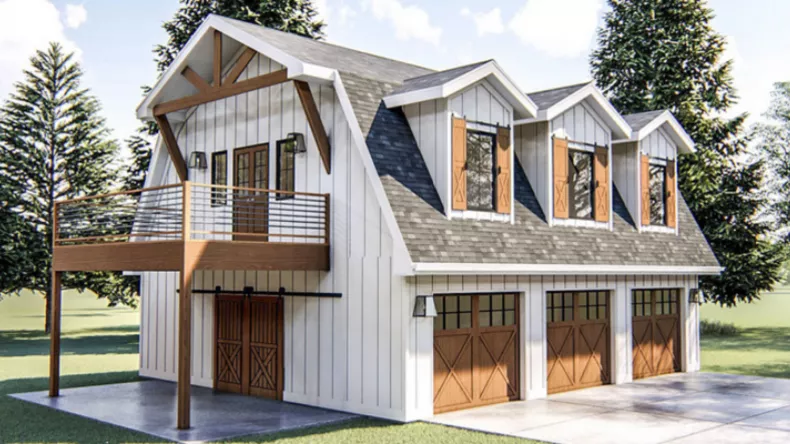
A fantastic product that I’ve noticed being used more often with stick-built barndominium homes in the Midwest is the installation of amazing above ground steel storm shelters being incorporated into barndominium builds all over the country but hugely popular in the Midwest due to the long intense storm seasons as well as being in one of the best locations for atmospheric activity in America, the beauty of one of these steel structures really shows in the adaptability of the unit, they bolt to a concrete floor but can be positioned within the home, possibly in a basement, or outside the home in a shed or simply in your backyard. You can look at a handful of quality-built structures and different models on websites such as tornado master.com to see if they would bring some peace of mind to your home in the event of a dangerous storm.
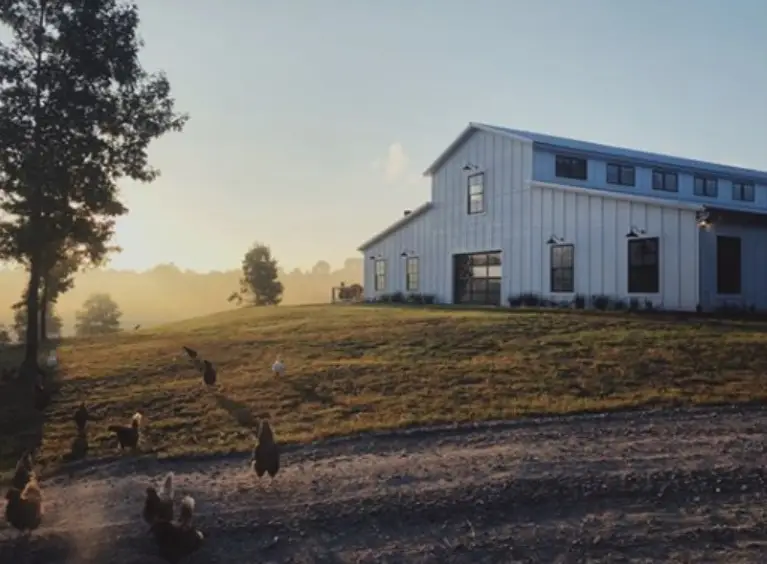
According to a report by the government agency FEMA has come out and stated that newly built wood homes if built due to current codes a home built with quality lumber can expect their home to withstand up to 150mph winds which are quite impressive, it just goes to show the importance of reinforcement if you live in a storm rich area. The newly enacted codes compared to the old codes will help increase the load the house can withstand and extend the life of the home. Functional shutters are another popular feature on many new homes, the faux shutters have been popular since the 70’s but recently customers are wanting authentic, functional shutters to protect their windows in case of heavy rain or hail shutters were successfully used for centuries before they fell out of popular favor, but like everything else, it’s making a comeback with the younger crowd.
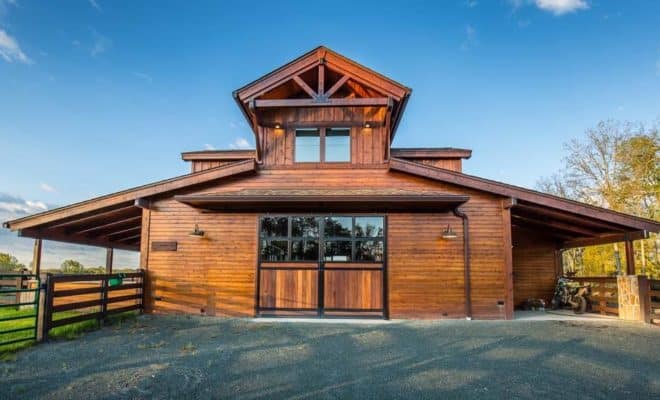
Winter storms can be another concern depending on your location, being snowed in, and having a warm place to live is essential to just about everyone, the weight of snow has had some of our customers worried this winter, a roof is designed in such a way that the snow will slide off the roof if too much is collected, however in some cases, this does not happen, not to worry. How much snow is too heavy for your roof to handle? Lucky for you it takes a lot of snow to compromise the integrity of your roof, at least somewhere over 20lbs per sqft of roof space, to put it into perspective about a foot of snow; 12 inches is somewhere around 7lbs per square foot of roof space. So, in most cases, you are going to be fine, the pitch of the roof will keep substantial amounts of snow on the roof limited and will also promote the melting and drainage of the snow. Some customers with flatter pitches that could potentially collect amounts of snow will install sections of small heating elements to slowly melt the snow so there is no chance of any damage during a snowstorm. Gutters are also an essential element when trying to manage the flow of water as you want it directed away from the home to avoid any pooling or flooding anywhere near windows or doors.
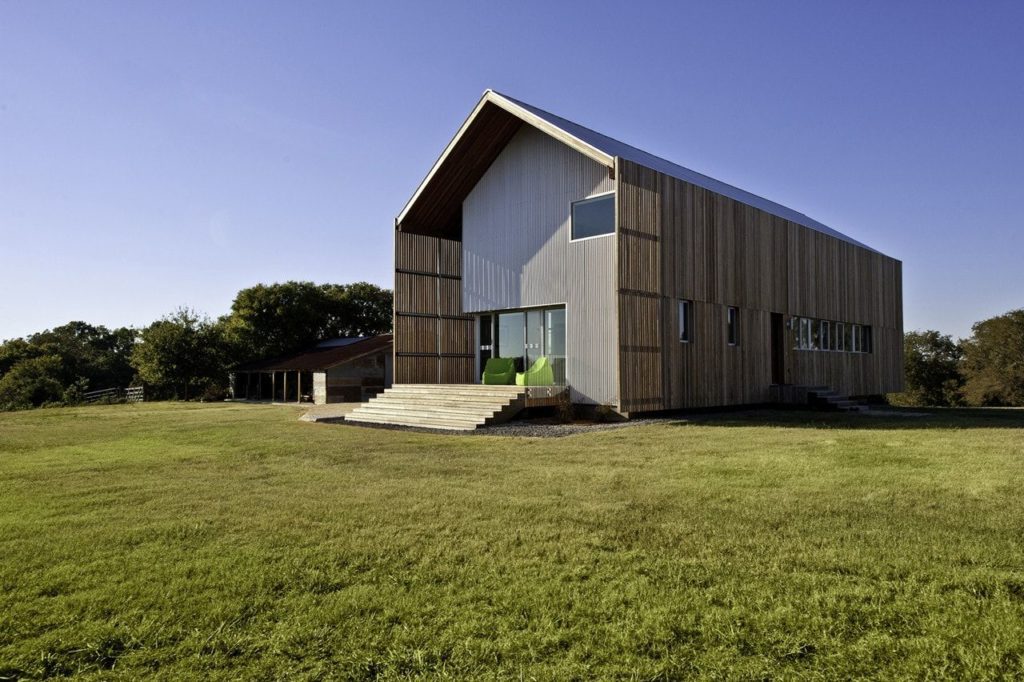
We hope this article gives you something to think about and consider when building your own barndominium just knowing you have options that you have not fully considered should get you excited to see what else could be out there for you to make your barndominium a safe happy place to call home.
